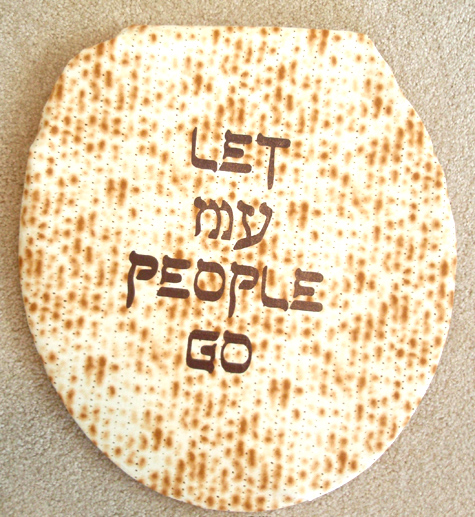Instructions in performing the Catch Riddle titled Stop & Pots:
- Subject 1 asks Subject 2 to do two things
- When Subject 1 says stop, Subject 2 must spell out S-T-O-P out loud
- When Subject 1 says pots, Subject 2 must spell out P-O-T-S our loud
- Subject 1 randomly alternates between saying stop and pots, nearly ten times. Throughout this time, Subject 2 is constantly spelling the two words repeatedly.
- Finally, Subject 1 asks Subject 2, What do you do at a green light?
- Subject 2s tendency is to say, stop even though that is the wrong answer, thereby being the catch riddle.
Eric, now a student in Santa Barbara, learned this catch riddle in elementary
school when another boy pulled the catch riddle on me [him]. I fell for the catch riddle and actually said stop. Most people actually fall for it. I tried it out on my family when I first found out about it, and everyone except my mom fell for it. The funny thing is that I havent forgotten the riddle and have actually used it as I have gotten older. And still, even when people arent in elementary school and are more intelligent they still fall for the catch. Anytime I say the riddle it brings back vivid memories of when I actually first heard it on the blacktops of my school where we played basketball at recess.
When I first asked Eric if he knew of any forms of folklore, specifically jokes and riddles, he responded by beginning the process of this catch riddle. I fell for it myself and then he went into detail about how and when he learned it. It seems appropriate that these catch riddles would spread throughout elementary schools because kids find them extremely fascinating. However, I am not certain that most originate at elementary schools. One theory I have is that most originate amongst older children, anywhere from middle school to high school students, and they proceed to try out the catch riddles on their younger siblings. Then, the younger siblings find the catch riddles amazing and cool, only to spread them across elementary schools. This catch riddle seems appropriate to say to people of all ages, which isnt always the case.

